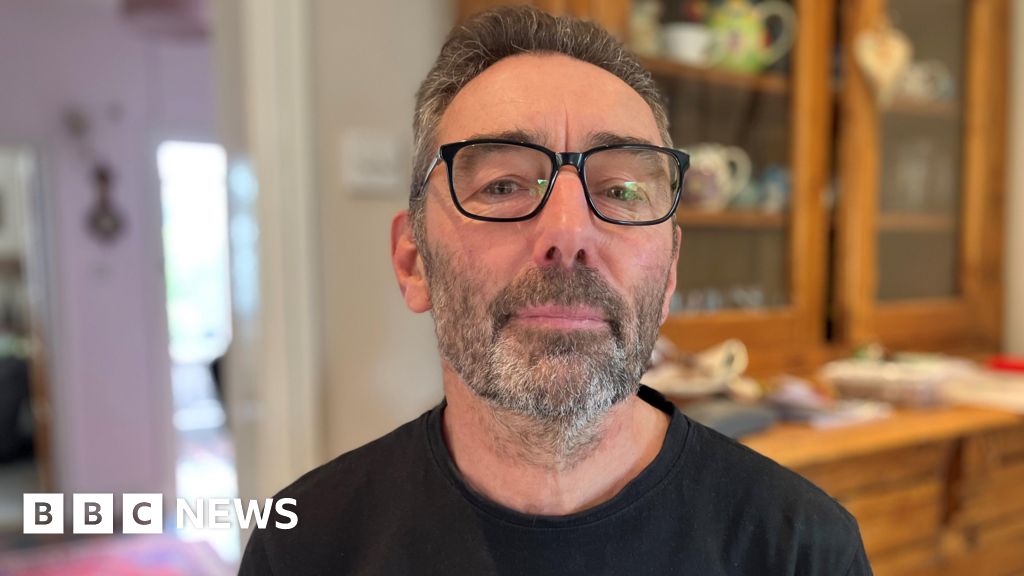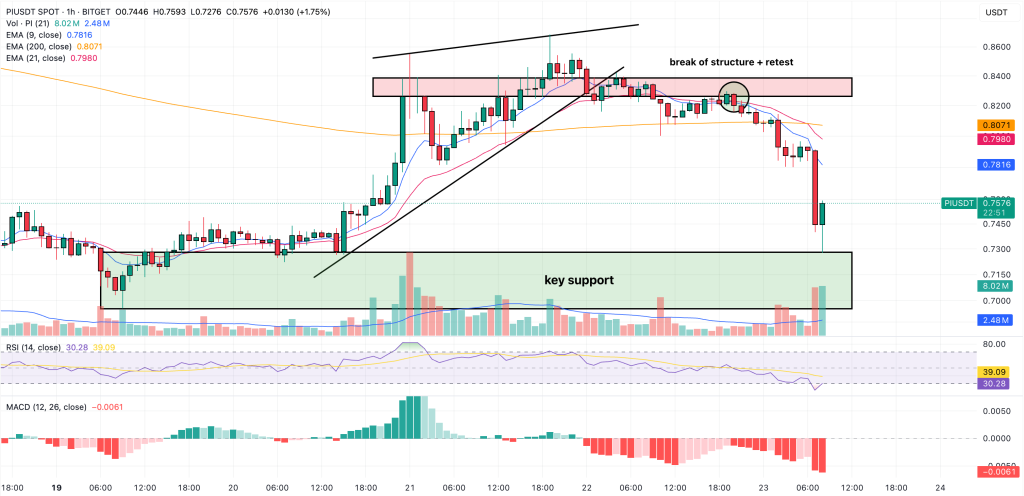The Guardian or Authority of Law, created by sculptor James Earle Fraser, rests on the side of the … [+]
Getty Images
The U.S. Supreme Court gave universities, employers and international students a victory by declining to review a long-litigated case on practical training and work authorization. A group argued DHS could not expand Optional Practical Training (OPT) from 12 to 36 months in science, technology, engineering and math (STEM) fields. However, several court decisions found that the Department of Homeland Security possessed the authority to expand STEM OPT to 36 months.
Educators consider OPT and STEM OPT essential because practical training benefits students’ education and encourages them to enroll in U.S. universities. The additional 24 months in STEM OPT also allows employers a better opportunity to secure an H-1B petition for students. Business trade associations were permitted to participate in the case as “intervenors” due to their interests in the litigation’s outcome. Even with OPT and STEM OPT, it is much easier in Canada and elsewhere to transition from international student to temporary work status and permanent residence than in the United States.
Washington Alliance of Technology Workers (Washtech) filed a petition for writ of certiorari to ask the Supreme Court to review a D.C. Circuit decision in favor of DHS’s authority. On October 2, 2023, the Supreme Court denied the petition for writ of certiorari. That means no further review of the D.C. Circuit’s earlier decision in favor of STEM OPT will occur.
The 2022 D.C. Circuit Decision
On October 4, 2022, the U.S. Court of Appeals for the D.C. Circuit decided 2-1 in favor of DHS, affirming a November 2020 order and a January 2021 opinion.
“Washington Alliance of Technology Workers (Washtech) argues that the statutory definition of the F-1 visa class precludes the Secretary from exercising the time-and-conditions authority to allow F-1 students to remain for school-recommended practical training after they complete their coursework,” according to the U.S. Court of Appeals for the D.C. Circuit opinion. “But that argument wrongly assumes that, beyond setting terms of entry, the visa definition itself precisely demarcates the time and conditions of the students’ stay once they have entered. Congress gave that control to the Executive.
“The F-1 definition tethers the Executive’s exercise of that control, but by its plain terms does not exhaustively delimit it. We hold that the statutory authority to set the time and conditions of F-1 nonimmigrants’ stay amply supports the Rule’s OPT program.
“The practical training opportunities the Rule permits reasonably relate to the terms of the F-1 visa. The INA’s text and structure make clear that Congress intended the Secretary’s time-and-conditions authority to be exercised in a manner appropriate to the types of people and purposes described in each individual visa class—a constraint that the Secretary’s overarching administrative-law obligations confirm. To be valid, the challenged post-graduation OPT Rule, including its STEM extension, must reasonably relate to the distinct composition and purpose of the F-1 nonimmigrant visa class. We hold that they do.
“The Rule closely ties students’ practical training to their course of study and their school. OPT is time-limited, and the extension period justified in relation to the visa class. The record shows that practical training not only enhances the educational worth of a degree program, but often is essential to students’ ability to correctly use what they have learned when they return to their home countries. That is especially so in STEM fields, where hands-on work is critical for understanding fast-moving technological and scientific developments.
“Finally, Washtech sees another lack of statutory authority for the Rule: In its view, the Executive cannot authorize any employment at all, including for Optional Practical Training. That argument fails, too. As Congress itself has recognized, the Secretary’s statutory authority to set the ‘conditions’ of nonimmigrants’ stay in the United States includes the power to authorize employment reasonably related to the nonimmigrant visa class. Authorizing foreign students to engage in limited periods of employment for practical training as their schools recommend according to the terms set out in the Rule is a valid exercise of that power.”
Implications Of The Court Decisions
Attorneys applauded the U.S. Supreme Court’s decision to deny the petition for writ of certiorari.
“This gives some much-needed peace of mind to STEM students and graduates so they can plan out their immigration status,” said Dan Berger of Curran Berger & Kludt. “This will also help the Biden administration move forward with its 2022 STEM immigration initiatives with the knowledge that all immigration tools available are being used to attract and retain STEM talent.”
In April 2023, a federal judge cited the STEM OPT case when ruling in favor of the Department of Homeland Security’s regulation to allow the spouses of H-1B visa holders to work.
In that case, Save Jobs USA argued Congress never gave DHS the authority to provide work authorization to H-4 spouses and other foreign nationals. “But as the D.C. Circuit has recently explained, that contention runs headlong into the text of the INA, decades of Executive-branch practice, and both explicit and implicit congressional ratification of that practice,” according to District Judge Tanya S. Chutkan’s opinion. “The Circuit’s analysis in Washington Alliance of Technology Workers v. United States Department of Homeland Security is directly applicable to this case.”
The D.C. Circuit “squarely rejected” the argument that “DHS lacked statutory authority to authorize employment” as part of Optional Practical Training after an international student graduates from school, noted the judge.
“The decision of the Supreme Court was not a surprise, seeing as how the government had won at every lower level,” according to Lynden Melmed, a partner with Berry Appleman & Leiden (BAL) and a former chief counsel of USCIS. “But it brings much-needed certainty to a program critical to retaining talent in the United States.”
Credit: Source link










